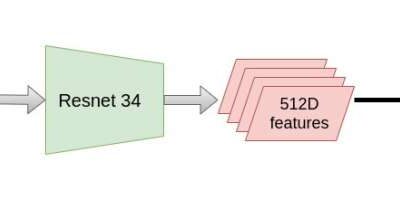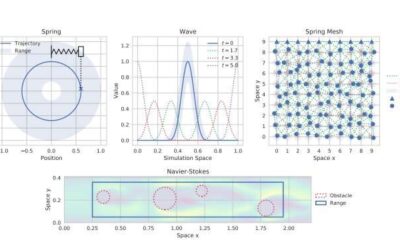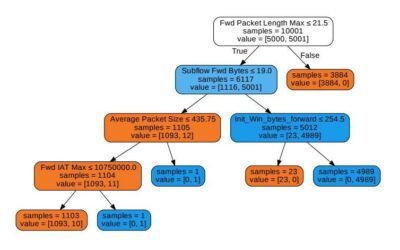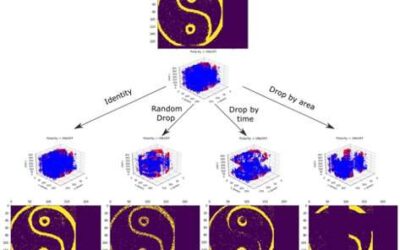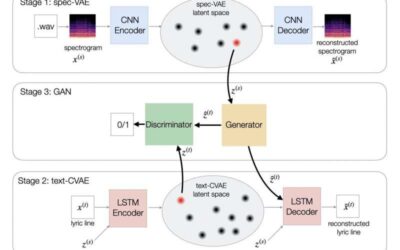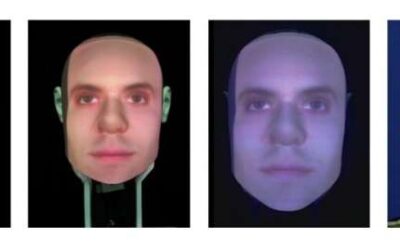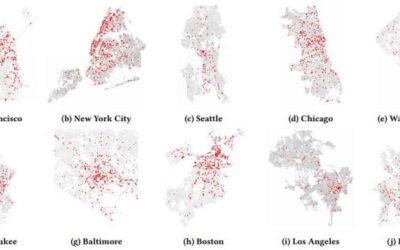Over the past few decades, computer scientists have been exploring the potential of applying game theory and artificial intelligence (AI) tools to chess, the abstract strategy board game go, or other games. Another valuable use of game theory is in the economic...
Computer Sciences
A multi-task learning network to recognize the numbers on jerseys of sports team players
When reporting on sports games live or remotely, commentators should be able to quickly recognize the numbers on the players' jersey shirts, as this allows them to keep up with what's happening and communicate it to their audience. However, quickly identifying players...
A framework to evaluate techniques for simulating physical systems
The simulation of physical systems using computing tools can have numerous valuable applications, both in research and real-world settings. Most existing tools for simulating physical systems are based on physics theory and numerical calculations. In recent years,...
LOKI: An intention dataset to train models for pedestrian and vehicle trajectory prediction
Human decision-making processes are inherently hierarchical. This means that they involve several levels of reasoning and different planning strategies that operate simultaneously to achieve both short-term and long-term goals.
DefGraspSim: A pipeline to evaluate robotic grasping of 3D deformable objects
Over the past few decades, roboticists and computer scientists have developed robots that can grasp and manipulate various objects in their surroundings. Most of these robots are primarily trained to grasp rigid objects or objects with specific shapes.
A new feature selection technique for intrusion detection systems
Network-based technologies have become increasingly widespread, and they are now being used by countless individuals, professionals, and businesses worldwide. Despite their advantages, most network-based systems are highly vulnerable to malicious attacks.
EventDrop: a method to augment asynchronous event data
Event sensors, such as DVS event cameras and NeuTouch tactile sensors, are sophisticated bio-inspired devices that mimic event-driven communication mechanisms naturally occurring in the brain. In contrast with conventional sensors, such as RGB cameras, which are...
LyricJam: A system that can generate lyrics for live instrumental music
Over the past few decades, computer scientists have developed computational tools that can generate specific types of data, such as images, words or audio recordings. These systems could have a variety of valuable applications, particularly in creative fields that...
Features of virtual agents affect how humans mimic their facial expressions
In recent years, computer scientists have developed a broad variety of virtual agents, artificial agents designed to interact with humans or assist them with various tasks. Some past findings suggest that the extent to which human users trust these agents often...
Study estimates the prevalence of CCTV cameras in large cities worldwide
Over the past few decades, surveillance cameras, also known as closed-circuit television (CCTV) cameras, have become widely used by governments, law enforcement officers and private citizens to monitor public spaces, prevent crime and identify criminals. While the...


